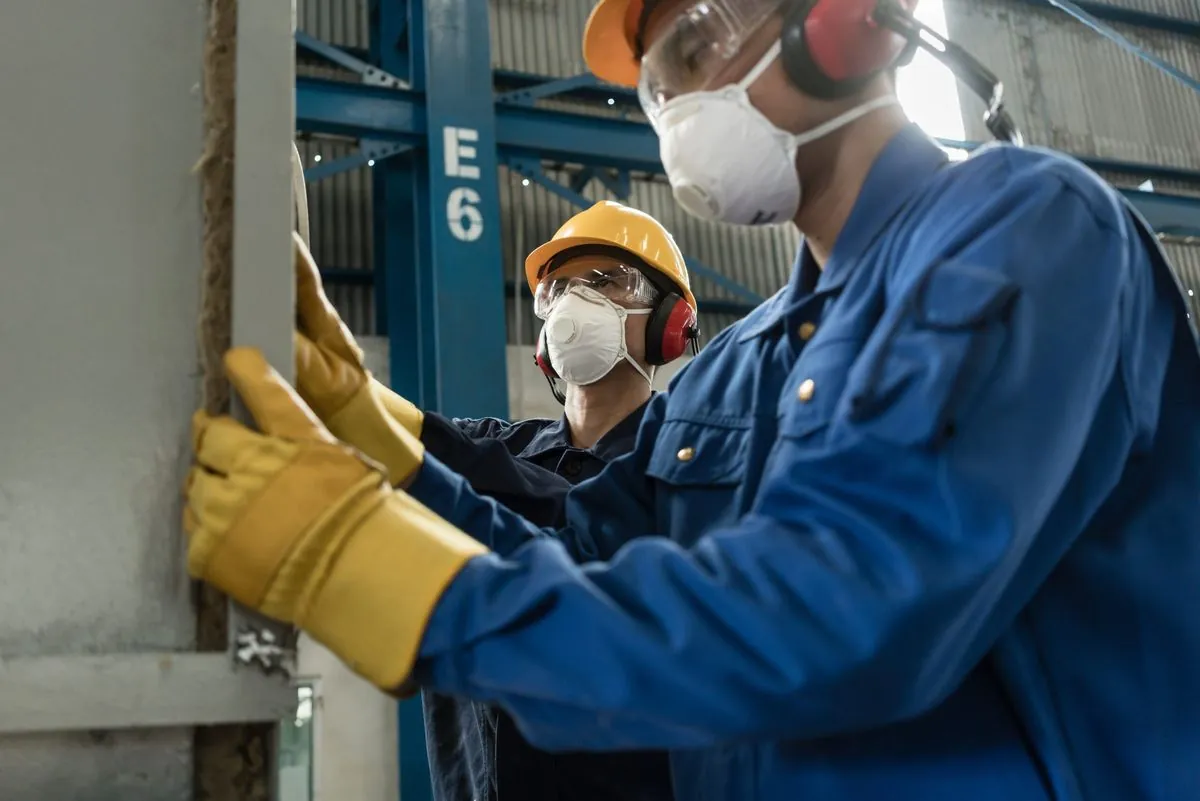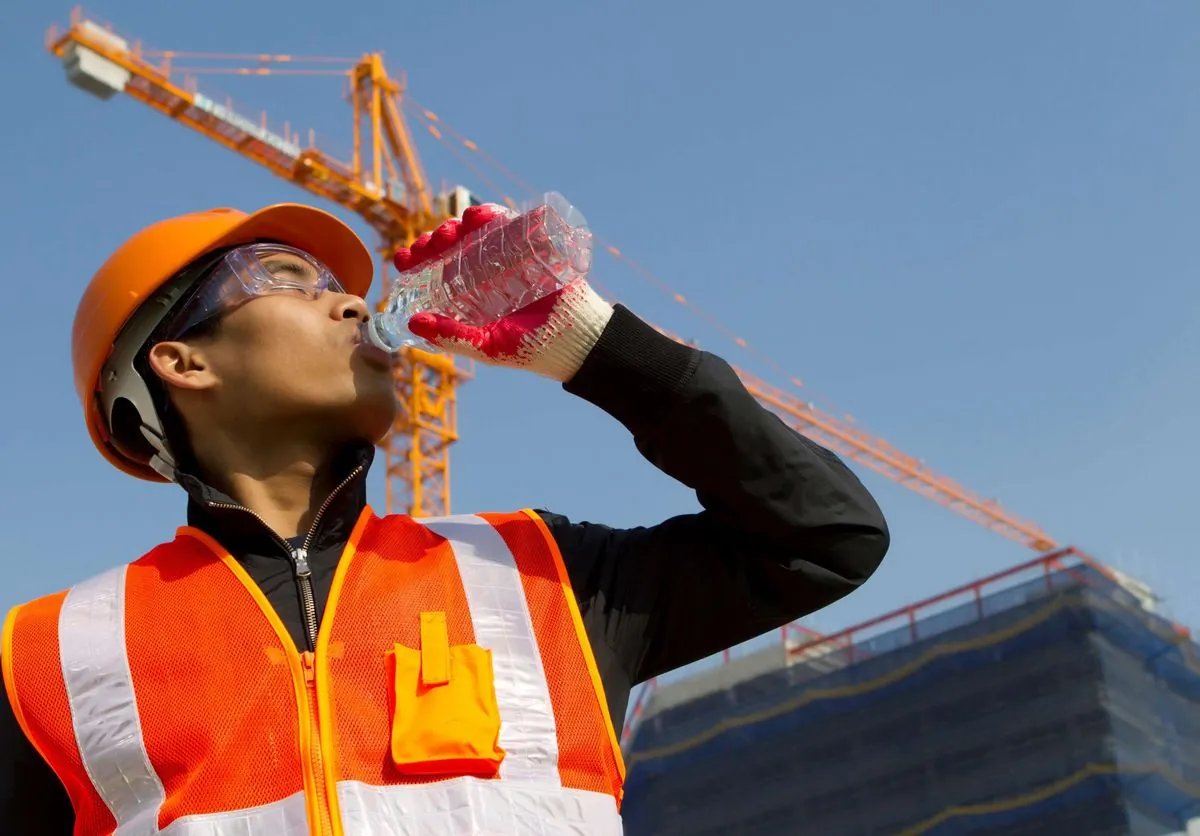Wearable Tech Combats Heat Stress in Hazardous Work Environments
Workers at a nuclear cleanup site in Tennessee use innovative wearable technology to monitor heat stress. As temperatures rise globally, employers explore new ways to protect workers, raising concerns about data privacy.

In the sweltering heat of Oak Ridge, Tennessee, workers at a nuclear cleanup site are employing cutting-edge technology to combat a silent threat: heat stress. As temperatures soar, the risk of heat-related illnesses becomes a pressing concern, particularly in hazardous work environments.
Stephanie Miller, a safety and health manager for a U.S. government contractor, monitors workers' physiological data through a color-coded system. This innovative approach represents a significant shift in workplace safety measures, especially considering that the Oak Ridge National Laboratory, established in 1943 as part of the Manhattan Project, has a long history of handling hazardous materials.
"Heat is one of the greatest risks that we have in this work, even though we deal with high radiation, hazardous chemicals and heavy metals"
The wearable devices, originally developed for athletes and military personnel, estimate core body temperature - a key indicator of heat exhaustion. With the human body's normal core temperature around 37°C (98.6°F), these devices alert workers when they approach dangerous levels, typically above 38°C (100.4°F).
As global temperatures continue to rise, the economic impact of heat-induced labor productivity losses is staggering. The Atlantic Council estimates these losses could cost the U.S. approximately $100 billion annually. This figure underscores the urgency of addressing heat stress in the workplace.
However, the adoption of this technology is not without controversy. Labor groups express concerns about privacy and potential misuse of collected data. Travis Parsons, director of occupational safety and health at the Laborers' Health and Safety Fund of North America, highlights workers' apprehensions about tracking and data usage.
Despite these concerns, several companies are embracing the technology. At Perrigo's infant formula plants, over 100 employees wear SlateSafety armbands. Similarly, Cardinal Glass in Wisconsin outfits its furnace maintenance workers with these devices. The investment in this technology is often justified by the high costs associated with heat-related emergency room visits.
It's important to note that while wearable technology offers promising solutions, it is not a panacea. Experts emphasize the need for comprehensive heat safety measures, including access to breaks, shade, and cool water. Juanita Constible, senior advocate at the National Resources Defense Council, stresses the importance of these basic provisions alongside technological solutions.
The effectiveness of these devices in dynamic work environments remains a subject of ongoing research. A 2022 review highlighted challenges in accurately gauging body temperature due to factors such as age, gender, and ambient humidity. As the wearable technology market is expected to reach $265.4 billion by 2026, continued research and development in this area are crucial.
In conclusion, while wearable heat stress monitors represent a significant advancement in workplace safety, they are just one part of a broader strategy to protect workers from the dangers of extreme heat. As climate change continues to drive temperatures upward, the need for comprehensive heat safety measures becomes increasingly urgent.



































